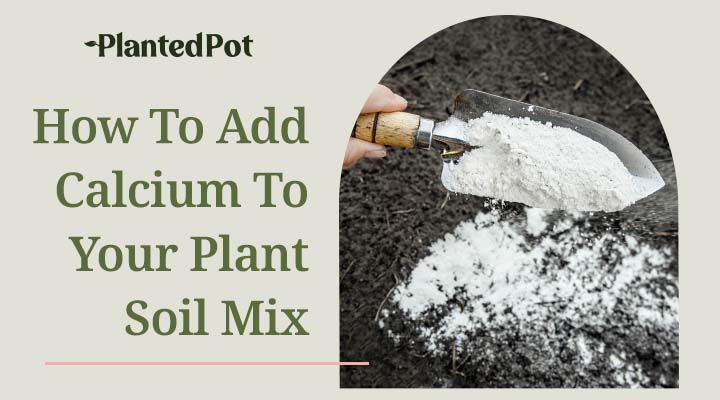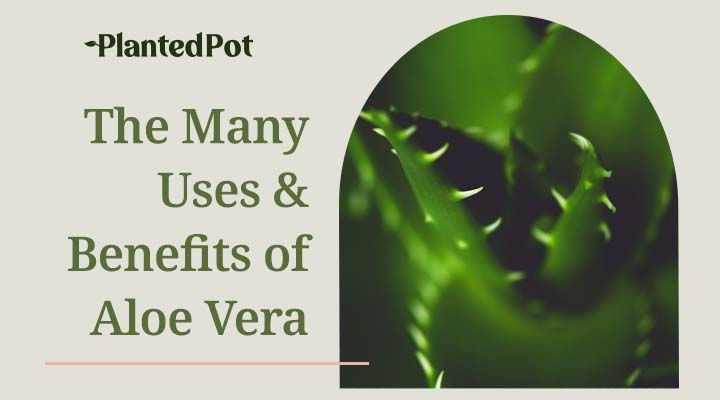
- Indoor Succulents: The Easiest Houseplant That Anyone Can Take Care Of
- David Liu
- May 18, 2021
- 10:41 pm
- No Comments
Indoor Succulents: The Easiest Houseplant That Anyone Can Take Care Of
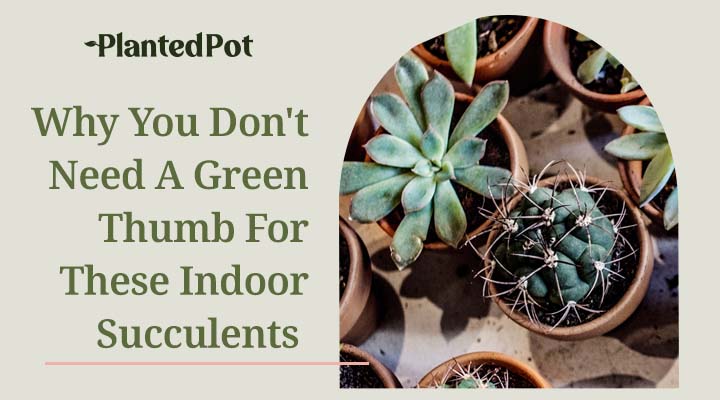
Indoor Succulents: The Easiest Houseplant That Anyone Can Take Care Of
Raising a house plant can be tough. The constant tending, watering, worrying about sunlight or the nutrients it needs. It can really be a lot! Don’t worry; there’s a common solution and it’s quite simple: buy indoor succulents!
Succulents have all the benefits of normal house plants – such as brightening up a room, tying together decor, and cleansing the air – but are much easier to take care of! They also come in a surprising variety of shapes, sizes, and colors (no, they aren’t all just shades of desert colors). Succulents are much more “set-it-and-forget-it” compared to other plants, which is ideal for all types of plant lovers!
Are Succulents Good Indoors?
Absolutely! Indoor succulents have the potential to become a reliable plant-buddy at your windowsill or on your desk. When properly cared for, succulents can last for years. In general, succulents are known for being hardy and resilient. So, unlike other house plants, if you forget to water them or don’t give them enough sunlight, most of the time they can easily bounce back – as long as you’re there to help them do so! If you’re longing for some greenery but have a history of not being the best plant-parent, succulents may be just what you’re looking for!
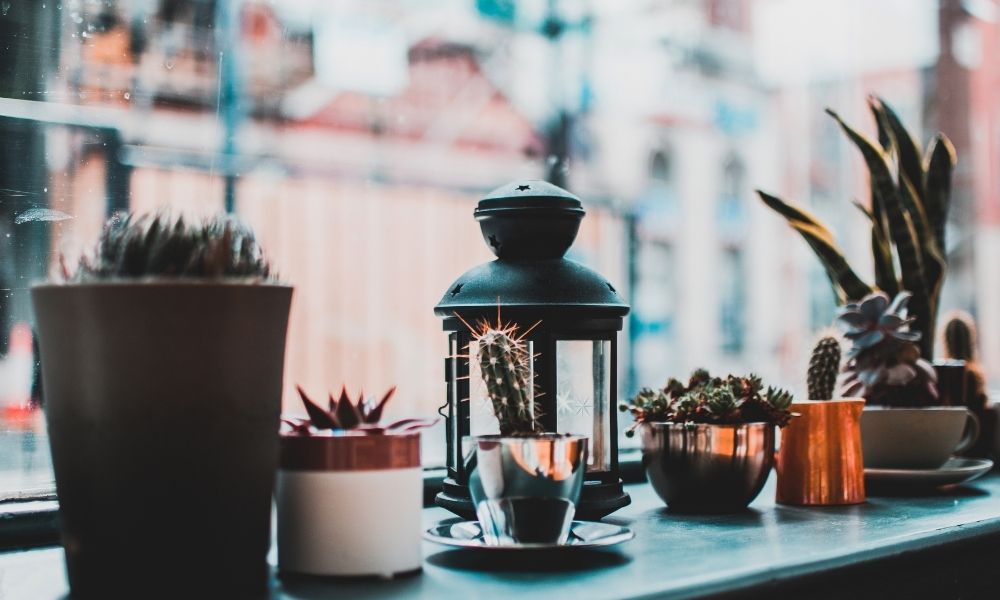
Are Indoor Succulents Easy to Care for?
Yes, indoor succulent plant care is pretty straightforward. Like all plants, they need the big 3 essentials to survive and thrive:
- Sun
- Water
- Proper Soil
Most succulents simply need a sunny spot, well-draining soil, and some water once in a while. Be aware that indoor succulents need less water than outdoor succulents because the soil takes longer to dry out. When indoors, succulents won’t get as big (and likely won’t bloom) like their outdoor counterparts, but let’s be real – they’re so darn cute in small containers or terrariums! In addition, when inside, they’re protected from temperature changes, pests, and inclement weather.
Do Indoor Succulents Need Sun?
YES! Succulents are native to dry, arid regions with lots of sun and natural light. In order to thrive, they need an average of 6 hours of sun a day. This exact number can vary depending on the type of succulent. But simply put: sun is essential for succulent growth and survival.
Knowing this, you may need to arrange your succulents to help them get the necessary sunlight. This means moving the ones on the coffee table to the windowsill during peak sunlight hours or even putting them outdoors for a bit of window sunlight is scarce.
Quick tip – newly planted succulents can easily scorch in direct sunlight. So when they’re young, bright indirect or filtered light (for example, with a sheer curtain) is ideal. As they grow, you can gradually introduce them to direct light, which will cause them to grow and flourish.
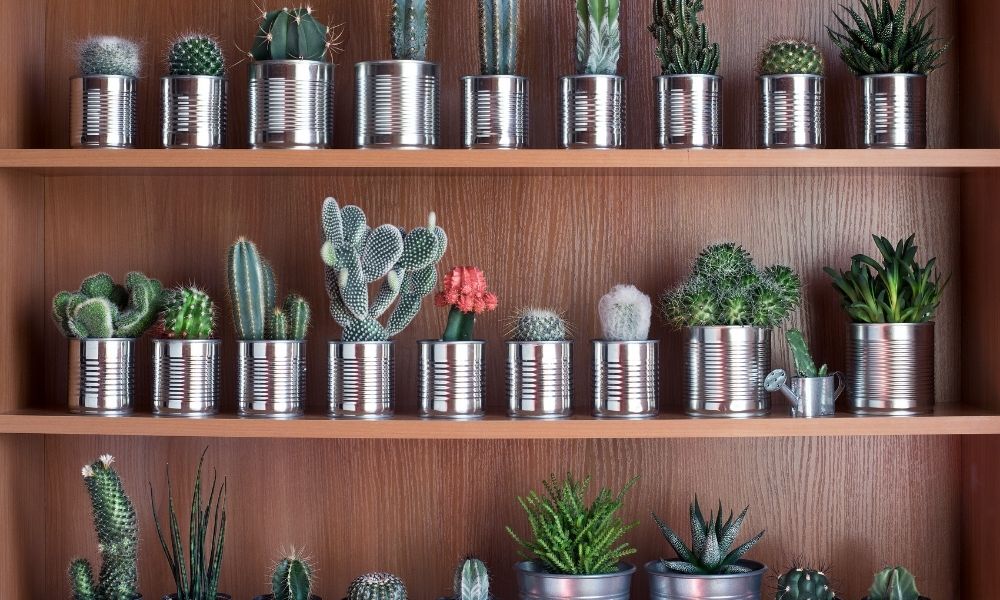
What to Consider When Buying Indoor Succulents
Thinking about getting a new succulent? As a responsible plant owner, it’s a good idea to know their needs. Here’s what you need to know before welcoming your new plant friend into the family:
- Sunlight: Approximately 6 hours a day of bright light. Start newly planted succulents with indirect or filtered light.
- Temperature: Ideal temperature range is 60°F to 80°F. Some can survive in temperatures as low as 40°F or as high as 90°F.
- Water: This varies, but typically they need more water in the warmer seasons and less water in colder seasons. When in doubt, do the finger test: if the first 1.25 inches of the soil is dry, get to watering.
- Remember to let the soil dry out between waterings; overwatering can kill the succulent!
- Soil: Well-draining soil. Get soil specific for succulents and cacti, or mix potting soil with sand, pumice, or perlite to make your own well-draining soil.
- Humidity: None. Remember, succulents come from dry habitats. High humidity or misting can actually rot and ultimately kill your succulent.
Best Indoor Succulents
Choosing an indoor succulent can be an amazing journey in itself. However, with the vast number of succulent types available, finding the right one can seem like a daunting task! That’s why we threw together this list of our favorite indoor succulents:
Snake Plant Laurentii
Snake plants are a classic succulent that is characterized by their sharp, pointed leaves that stand straight up. Also called “Mother-In-Law’s Tongue”, they are a popular indoor succulent, not only because of the beautiful snake-like pattern of their leaves but because they’re extremely resilient. They can survive in low-light conditions and go weeks without water; though not their ideal conditions, they can live.
Zebra Haworthia
The zebra plant, also known as Haworthia fasciata, looks exotic but is fairly common and popular as an indoor succulent. It’s often confused with another popular plant with the same name (Aphelandra squarrosa, also called a Zebra Plant) because they both have white zebra-stripe patterned leaves. This succulent stays fairly small – only grows to about 5 inches tall – but the visually striking zebra pattern and thick, spiky leaves make a lasting impression in any room.
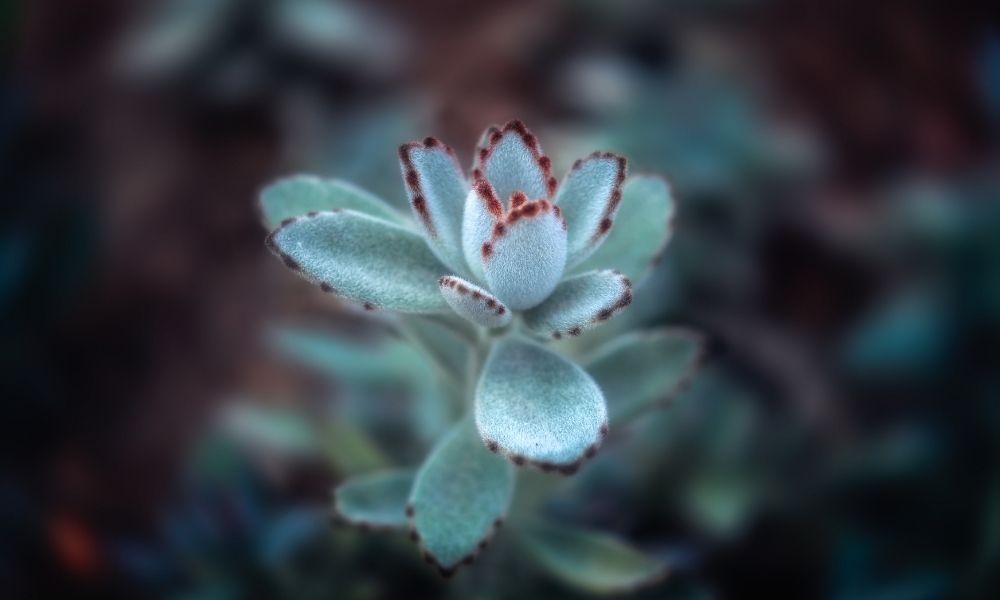
Panda Plant
This distinctive succulent is known for its adorable, fuzzy leaves. The fuzz is actually soft, silver hairs that blanket the succulent, and the brown spots on the tips of the leaves just add to its charm. Also known as Kalanchoe tomentosa, it’s native to Madagascar and can grow up to 2 feet tall indoors. There are many kinds of panda plants, including its popular brown variation, the Chocolate Soldier.
Jade Plant
The Jade Plant is another iconic indoor succulent. It’s known for its thick stem and glossy, green leaves. Because the leaves are small and oval-shaped, when they cluster together, it gives the jade plant an uncanny resemblance to a miniature tree. It also has many variations, such as the Ripple Jade, Gollum Jade, or Trailing Jade. So, if the normal jade plant is too basic for you, you have a few alternatives to choose from.
Related: Jade Plant Care: The Perfect Succulent for New Growers
Aloe Vera
Known for its sticky sap that helps with sunburns, Aloe Vera is both practical and beautiful as an indoor succulent. Its long, upright leaves are spotted white and give the classic Aloe Vera look found on skin products everywhere. The Aloe Vera is easy to care for easy to grow, making it the ideal indoor plant. The additional bonus is that if you ever have dry or burned skin, you have a natural remedy at hand with the Aloe Vera!
Burro’s Tail
This succulent has it all: a unique look, low maintenance, and the ability to transform an indoor space into something new and lively. Native to Mexico and Honduras, this plant is also known as Sedum morganianum. When full size it looks remarkably like a donkey’s tail! Because of its long, thin stems and thick clusters of small leaves (grapes, anyone?), the Burro’s Tail looks best when draped over a ledge or in a hanging basket.
Hens-and-Chicks
Have a large pot to fill or a noticeably empty spot in a room that’s in need of succulents? Hens-and-Chicks can fill that void because (like the name suggests) it comes in a cluster of several plants. It’s one plant, but the main plant (the hen) is attached to the smaller plants (chicks) with an underground root system. People love the maternal imagery of this succulent because of the sentiment. C’mon, who can’t resist a mother rosette surrounded by baby rosettes?
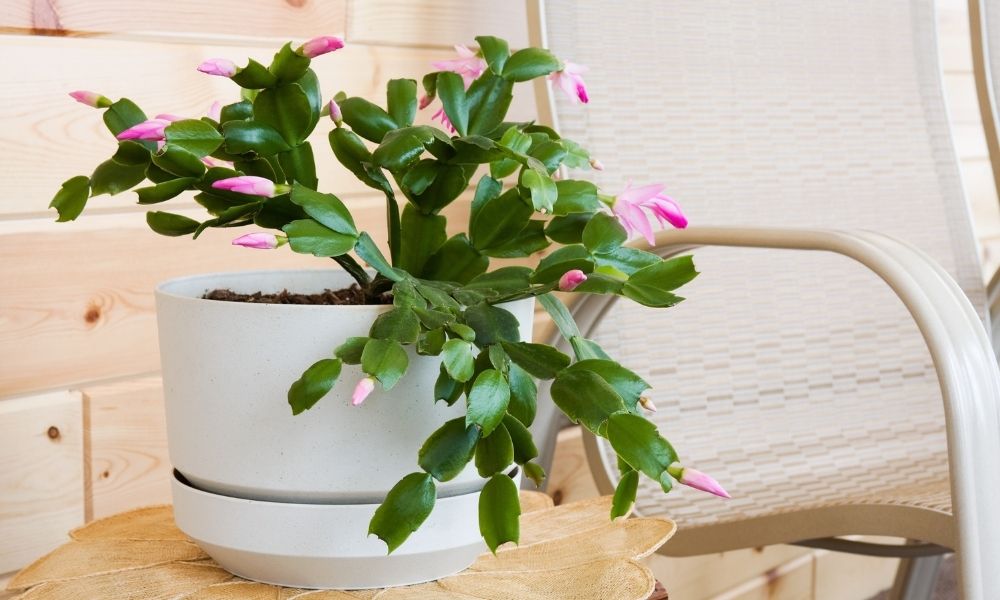
Christmas Cactus
The Christmas Cactus has all the best parts of cacti but none of the bad. It has the spiky, fleshy stems cacti are known for but none of the annoying spines. Additionally, unlike the other succulents on this list, this one is known for blooming delightful purple flowers in the winter (yes, even indoors!).
This cactus needs a bit more moisture than its spiky brethren, so make sure to water it whenever the top inch of its soil is dry. But rest assured, if you don’t skimp on the water and give it the necessary sunlight, flowers are going to bloom your way!
Related: Christmas Cactus Care: How to Keep Your Cacti Alive and Healthy
Lola
Lola succulents are small, eye-catching, and honestly the perfect home decor. They have the iconic rosette shape associated with succulents and a distinctive icy purple color that makes them shine bright in a dull room. At 4 inches wide, they’re perfectly sized to be placed anywhere: your windowsill, bookshelf, desk, or that boring looking corner that just needs a splash of color.
Where Can I Find Indoor Succulents?
Luckily for you, you can find succulents right HERE at PlantedPot! We offer a wide variety of plants, including numerous indoor succulent types, that are perfect for any living arrangement! Transform your space, purify your air and bring life to that area of your home or office that’s been missing that extra touch!
Final Thoughts – Indoor Succulents
Don’t fret, young plant-hopper! Succulents are always available, easy to care for, and can brighten up your home. Because of their never-give-up attitude and tolerance for dryness, they can handle your 2-week vacations and consistent forgetful nature.
Growing succulents indoors is simple; all you need is a window with bright light and the ability to handle a watering every few weeks. And, with the wide variety of available options, you can find the perfect one that fits your aesthetic!
So what are you waiting for? Your succulent isn’t going to wait all day! Actually, being a succulent, it probably will!
Subscribe To Our Newsletter!
Get Exclusive Discounts & the Latest News Sent to your inbox!


